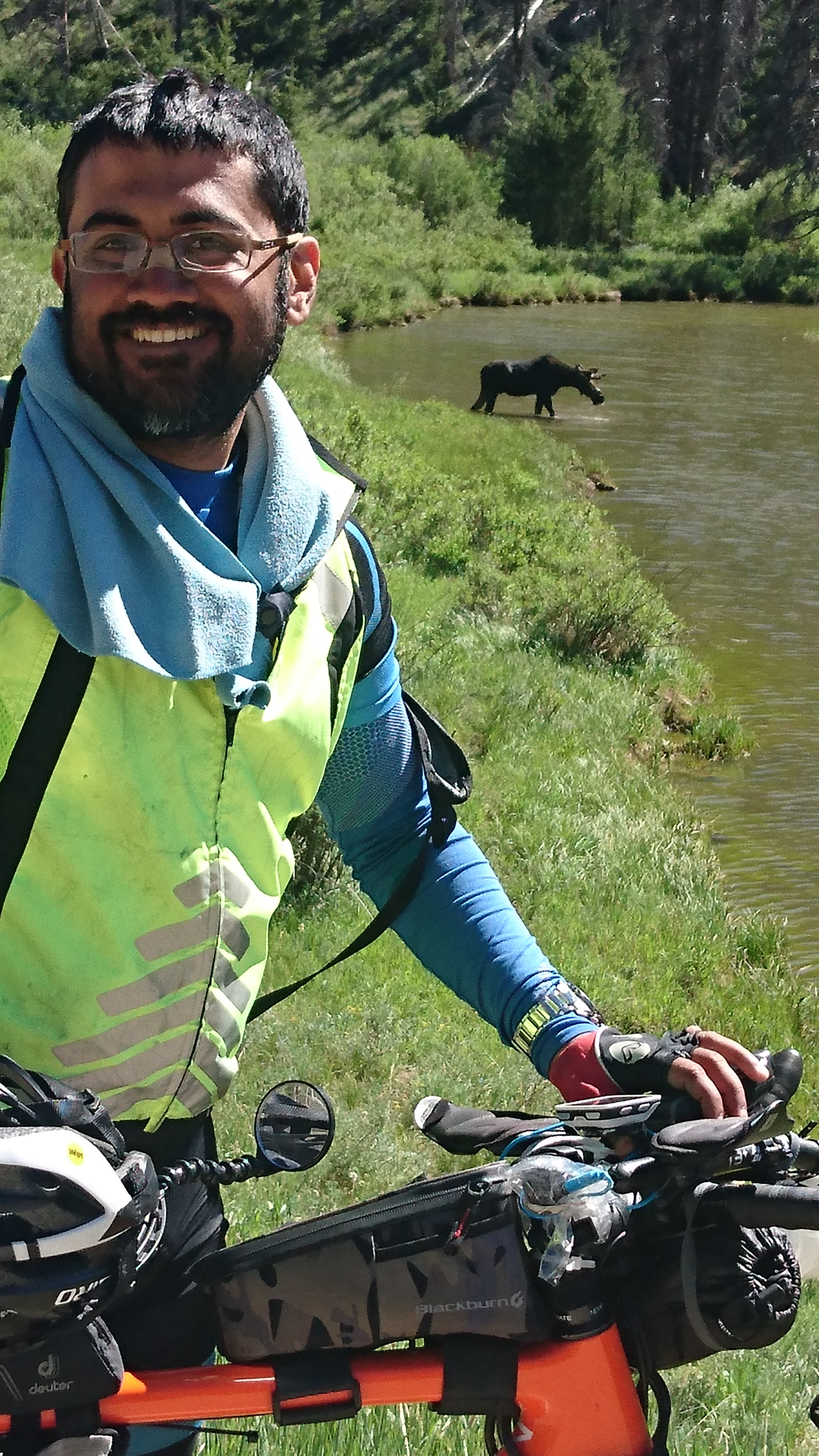Avoiding common pitfalls while using a basic bicycle GPS.
GPS can be a lifesaver; it can make it possible for one to be in a completely unknown place and simply get around, without asking anybody. When I bought my Garmin Edge 200 just before starting my Halvvattern ride in June this year, it was a purchase on a whim; I hadn't done my homework, didn't even get to choose between models, as that was the only model that the stall selling them had. That said, it's probably been one of my best purchases ever, as it made it possible for me to bike without any issues in the UK, when I visited my friend
I wanted to visit a local temple which happened to be quite near to where I was staying, and thought that it would be simpler to plan the whole route, to the temple and back, as one course, than to have two courses, one for my way there and the other for the return. When I actually got close to where the temple was, I was trying to see if I could spot it, but it was not super apparent, as it was already quite dark. I was looking for a very brightly lit and prominently marked temple with a large archway or imposing entrance, but I couldn't find it. Since my course didn't define a clear end point (it simply continued on to the return route), I was not sure exactly where it was that I was supposed to stop or for that matter, at what point I'd already crossed it. This meant that I kept going till I realized that I'd well and truly passed the point where I was supposed to find the temple! I had to double back and look again and finally managed to find it, but not before having to do a small extra loop.
Another thing that should be avoided while designing courses is paths which cross over each other. While the correct paths may seem very obvious, when looking at a large map on a laptop or tablet, on the small screen of a GPS device, it can lead to confusion whether you need to continue straight or take a turn, and it can get even more confusing if there are more than one of these crossings. The simplest solution is to simply avoid looping wherever possible, by choosing alternate routes, but when this isn't possible, it's a good idea to break down the course into multiple separate sections.
See pics below, to see how a 9.15 km ride turned into a 13.3 km ride, only because of poor course design.
Course with loops. The end of the onward trip and commencement of the return is not clear, as it's one continuous course. The deficient design of the course led to some unnecessary extra looping. While it didn't make much of a difference here, it can be dangerous to get confused about the course, particularly at intersections. It could also lead to losing valuable time when on timed runs.
The deficient design of the course led to some unnecessary extra looping. While it didn't make much of a difference here, it can be dangerous to get confused about the course, particularly at intersections. It could also lead to losing valuable time when on timed runs.

